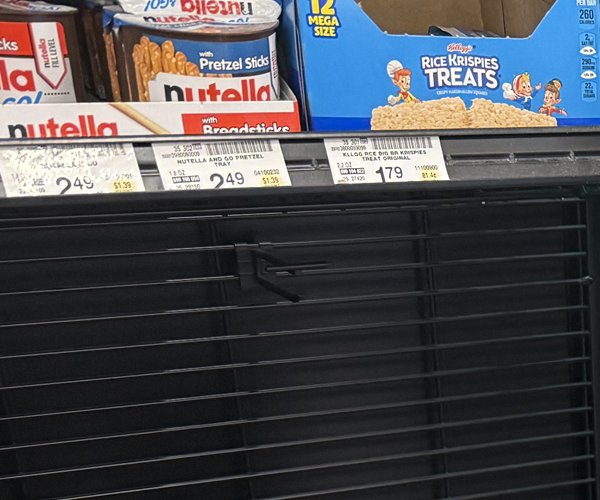Officials from the California Department of Public Health are warning residents and medical professionals about the dangers of a new drug circulating across the country.
“Xylazine is a powerful sedative commonly known as ‘tranq’ or ‘tranq dope’ and has been linked to an increasing number of overdose deaths nationwide,” said CDPH Director and State Public Health Officer Dr. Tomás Aragón. “While current data suggests that xylazine is relatively uncommon in California’s drug supply at this time, we are taking steps to reach our local partners, community-based organizations, healthcare providers, and all Californians to warn them of this evolving situation.”
Officials are concerned that xylazine may eventually become more common in California, increasing instances of fatal overdose, potentially dangerous periods of unconsciousness, and serious skin infections.
Xylazine is a powerful sedative intended for animals as a pain reliever. It is not safe for humans and can cause drowsiness, amnesia, serious skin wounds and can also slow breathing, heart rate, and blood pressure to dangerously low levels. Xylazine can cause severe wounds and necrosis, and can lead to amputation.
Xylazine is almost exclusively combined with fentanyl, an opioid, often without the knowledge of those who use these drugs. Taking fentanyl or xylazine in combination with other central nervous system depressants, like alcohol or benzodiazepines such as Valium or Xanax, increases the risk of life-threatening overdose.
The CDPH has issued guidance to healthcare facilities and providers on how to support patients who may have been exposed. These practices include informing clinicians on when to suspect xylazine exposure, how to manage symptoms of withdrawal in patients, how to treat xylazine-associated wounds, and how to properly provide follow-up care.
Recently, Gov. Gavin Newsom proposed new legislation to increase penalties for the illicit trafficking of the drug xylazine. The legislation would make xylazine a controlled substance, but exempt legitimate veterinary use, making illicit trafficking of xylazine subject to increased criminal penalties while maintaining veterinarians’ access to the drug for approved use in animals.
“Tranq poses a unique and devastating challenge in our fight against the overdose epidemic,” Newsom said. “Although California is not yet seeing tranq at the same rates as other parts of the country, this legislation will help the state stay ahead and curb dealers and traffickers, while we work to provide treatment and resources for those struggling with addiction and substance abuse.”
Xylazine-related deaths are increasing drastically in every region in the nation, more than tripling from 2020 to 2021, with the northeast seeing deaths jump from 631 to 1,281, and the west seeing them jump from 4 to 34.
If a xylazine overdose is suspected, experts recommend giving the opioid reversal agent naloxone, providing rescue breathing if needed, and calling 911.





